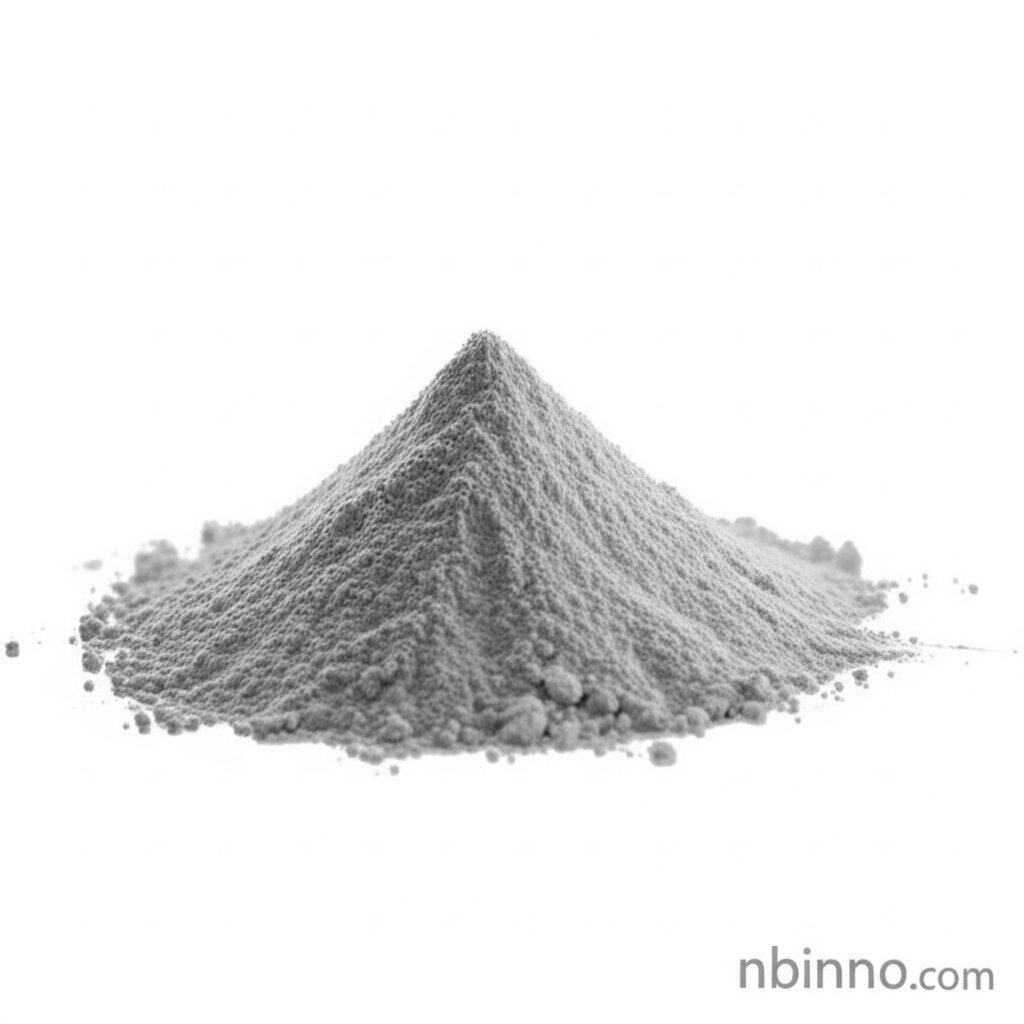3-(Pyridin-4-yl)propan-1-ol: A Versatile Pharmaceutical Intermediate for Advanced Synthesis and Applications
Explore the critical role of this essential chemical building block in modern pharmaceutical and organic synthesis.
Get a Quote & SampleProduct Core Value

3-(Pyridin-4-yl)propan-1-ol
As a key organic intermediate, 3-pyridin-4-ylpropan-1-ol (CAS: 2629-72-3) is indispensable for the creation of complex molecules. Its unique structure, featuring both a pyridine ring and a propanol side chain, makes it a valuable building block in numerous chemical processes, particularly within the pharmaceutical industry.
- Discover the vital role of 3-pyridin-4-ylpropan-1-ol synthesis in developing novel therapeutic agents and advanced materials.
- Leverage the unique properties of this 4-pyridinepropanol pharmaceutical intermediate for your research and development needs.
- Investigate the diverse applications of CAS 2629-72-3, from agrochemicals to specialized dyes, enhancing your product portfolio.
- Understand the benefits of using high-purity 4-pyridinepropanol in complex organic synthesis to achieve superior reaction outcomes.
Key Advantages
Versatile Reactivity
The dual functionality of the pyridine ring and the hydroxyl group in 3-pyridin-4-ylpropan-1-ol allows for a broad spectrum of chemical transformations, making it a sought-after component in various organic synthesis pathways.
High Purity Standard
With a guaranteed purity of 98% or higher, this CAS 2629-72-3 ensures reliable and consistent results in demanding pharmaceutical applications, minimizing unwanted side reactions.
Broad Application Spectrum
From creating pyrethroid compounds and cyanine dyes to its role in developing treatments for cancer and inflammatory conditions, the uses of 4-pyridinepropanol are extensive and impactful.
Key Applications
Pharmaceutical Synthesis
Utilized as a critical building block for synthesizing complex drug molecules, contributing to the development of new treatments and therapies.
Organic Intermediates
Serves as a fundamental component in various organic synthesis routes for fine chemicals, enabling the creation of diverse chemical structures.
Agrochemicals
Plays a role in the development of agrochemical products, including those designed to prevent and eliminate plant virus diseases.
Dye Production
Its chemical properties make it suitable for the synthesis of specialized dyes, such as cyanine dyes, used in various industries.
